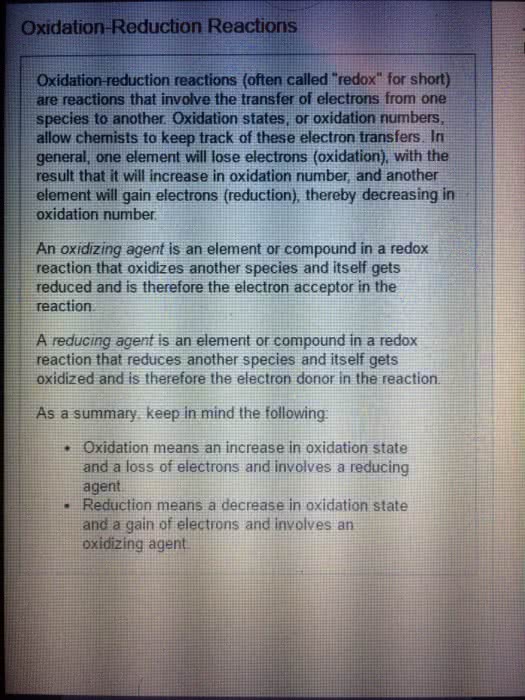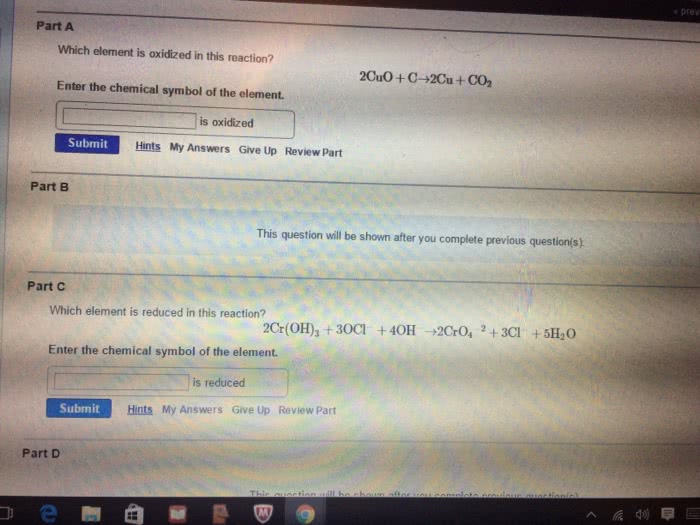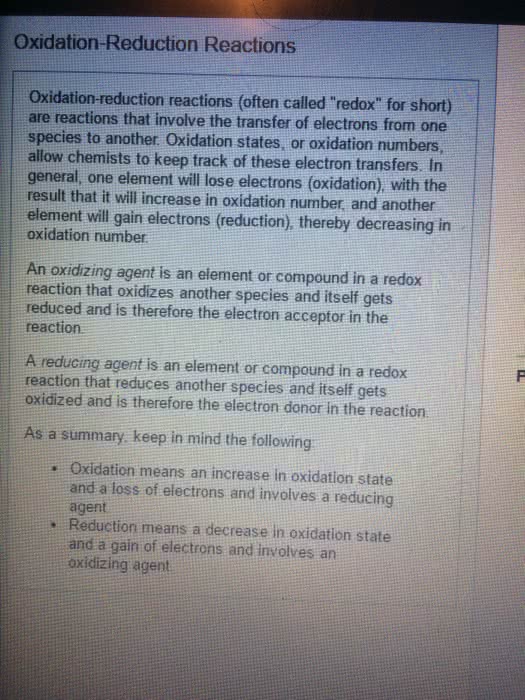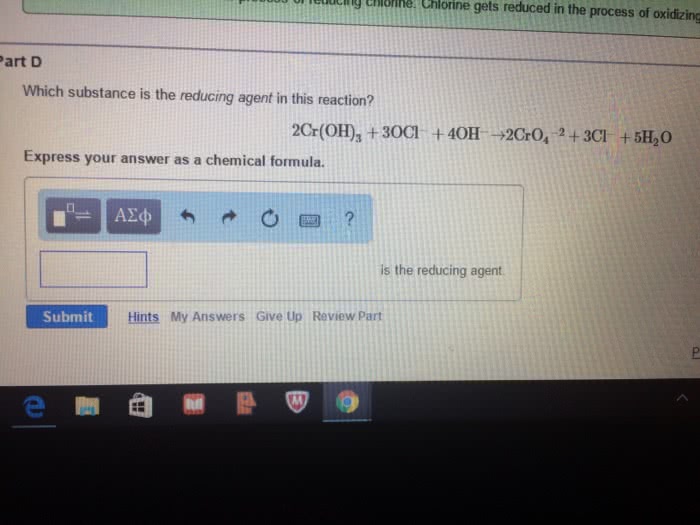_____What is added to a molecule such as ADP when it is phosphorylated?
_____ An anaerobic process in which pyruvate is converted to lactate
_____ A biochemical process that breaks down food molecules to produce other molecules for cellular maintenance.
_____What is the final end product of Glycolysis?
_____ Refers to the potential energy provided by a large hydrogen-cation concentration gradient, and itâs movement across a biological membrane during chemiosmosis.
_____ A molecule that transfers or shuttles electrons during redox reactions.
_____ An organism that can survive in the presence or absence of oxygen.
_____ A type of enzyme that teams with NAD+ to remove hydrogen atoms with their electrons.
_____ The loss of electrons from one molecule to another.
_____ A process in which ATP is produced using the energy stored in concentration gradients.
_____ The products produced during a biochemical reaction that fall between the starting molecule and the end product.
_____ Biochemical process in which a glucose molecule is degraded to two pyruvates.
_____ Short for âreduction/oxidationâ reactions
_____How many pyruvate molecules are produced from a single Glyceraldehyde 3-phosphate?
_____ The formation of ATP occurring when an enzyme transfers a phosphate group from an organic molecule to ADP.
_____ Organisms that will die in the presence of oxygen.
_____ A term referring to the presence of oxygen.
_____ A series of electron-carrier molecules that shuttle electrons during the redox reactions that release energy used to make ATP.
_____ A biochemical process in which pyruvate is produced without the presence of oxygen.
20._____ The metabolic cycle that is fueled by Acetyl CoEnzyme A; occurs in the matrix of the mitochondria and supplies most of the NADH molecules that carry energy to the electron transport chain.
_____What is the chemical formula for Cellular Respiration?
_____What environmental condition is necessary for Anaerobic Respiration to occur?
_____Where does the Electron Transport Chain occur in the mitochondria?
_____Where does Glycolysis occur in a cell?
_____ An anaerobic process in which CO2 is released as a byproduct and ethanol is produced as a product.
_____Where does the Krebs cycle occur in the mitochondria?
_____ The gain of electrons from one molecule to another.
_____ A high-energy fuel molecule that begins the Citric Acid Cycle.
_____What condition is necessary of Aerobic Respiration to occur?
_____ A term referring to the absence of oxygen.
_____What compound is derived from B vitamins, and helps the Acetyl portion of Acetyl CoA into the Krebs Cycle?
_____What is the name of the molecule that channels protons, providing the energy necessary to phosphorylate ADP to ATP?
_____In the blank, write the number of ATPâs that can be synthesized from 3 NADH molecules.
_____In the blank, write the number of ATPâs that can be synthesized from a single FADH2 molecule.
_____What is the final electron acceptor in cellular respiration?
_____What molecule is regenerated during the process of the Krebs Cycle?
_____What enzyme is used to catalyzed the reaction that occurs during the formation of Acetyl CoA?
_____How many pyruvates are produced from a single glucose molecule?
_____How many Acetyl CoA molecules are produced from a single glucose molecule?
_____What is the reduced form of Nicotinamide Adenine Dinucleotide?
_____What is the oxidized form of Flavin Adenine Dinucleotide?
42._____ A membrane protein that is used in conjunction with chemiosmosis to produced ATP.
I know that this alot of questions, but it's kinda a last ditch effort. these are the last 42 definitions i have left to answer out of 500 question for my final exam study guide. so whatever help i can get is fine. No explanations needed just what each definition is explaining and thanks in advance ladies and gentlemen.





